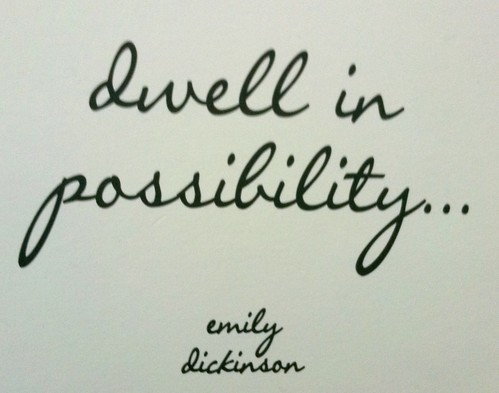
Recent online conversations about rules and pencils have me thinking about my own teaching career.
My assigned summer reading before college was Ivan Illich’s book, Deschooling Society. That was 1970.
Before I graduated, I had read John Holt, Jonathan Kozol, and Herbert Kohl. As I moved into the classroom, these people shaped me as a teacher. At least in my head.
Yet, the system often wore me down.
That’s not an excuse, though I know it sounds like one. Fitting a square peg in a round hole isn’t easy. So I struggled to find ways to move around the structure and give choice to my curriculum and flexibility to my teaching style.
But now as I look back, I see that I was afraid. I was fearful of breaking rules, coloring outside the lines, of teaching in ways I knew would most benefit my kids.
Mostly, I felt alone. That was before the internet. Before learning communities. Before transparency. It was difficult to find like-minded people who shared my philosophy or desire to practice differently.
And then my world changed.
In 1986 I bought my first computer. A few years later, I began to use computers with students. A Mac to layout our school newspaper, a PC with PowerPoint to enable kids to create presentations, the text-based world wide web that allowed me to chat with someone in Switzerland one day. My teaching didn’t change overnight, and moving to an independent school did give me more flexibility. But having access to technology and the internet is what truly affected my teaching practice.
Jump forward to 2004, and suddenly I was blogging. And finding community. And support.
You know the rest of the story…because it is also your story. The connections have allowed us to find each other. Networking has enabled us to garner support for our “radical” ideas (tell that to Ivan).
My last year in the classroom helped me change even more.
A conversation with my cousin this summer validated my feelings. Her children attended a high school that requires no set curriculum and no grades. This is my niece’s second year in college. And although she struggled somewhat to convince colleges of her merit (she had no traditional AP courses or typical transcript from a standard school), her personal interview and portfolio sold her colleges and gained her acceptance into her school of choice. Her recent Facebook status read: I LOVE my college.
Freedom to learn works. Illich said this in 1971:
educational webs which heighten the opportunity for each one to transform each moment of his living into one of learning, sharing, and caring
Pretty amazing, huh?
We are better together. That’s the mission statement for Powerful Learning Practice, the folks I’m working with now. It’s like I’ve come full circle.





